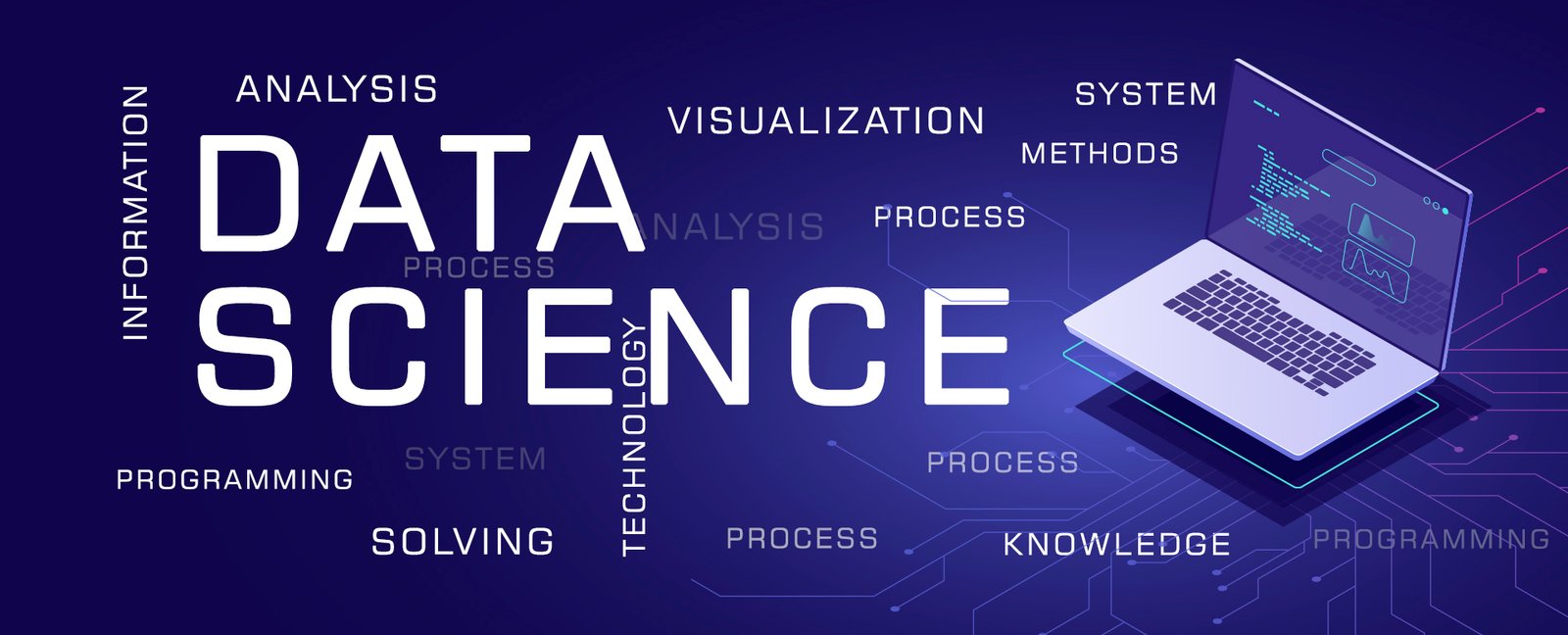Technology
Data Science Tutorial: From Basics to Applications (Basic Guide)

Welcome to this comprehensive data science tutorial designed to introduce you to the fundamentals of data science and its practical applications. Whether you’re new to data science or looking to expand your skills, this data science tutorial will guide you through essential concepts and techniques.
1. Introduction to Data Science
Data science is an interdisciplinary field that combines domain expertise, programming skills, and statistical knowledge to extract insights and knowledge from data. It involves data collection, cleaning, analysis, and interpretation to solve complex problems and make data-driven decisions.
2. Key Components of Data Science
Understanding data is crucial in data science. Learn about different types of data (structured, unstructured), sources of data (databases, APIs, web scraping), and data formats (CSV, JSON, SQL). Explore data preprocessing techniques to clean and transform raw data into a usable format for analysis.
3. Essential Tools and Technologies
Python is the primary programming language used in data science due to its rich ecosystem of libraries. Familiarize yourself with essential Python libraries for data manipulation (NumPy, Pandas) and visualization (Matplotlib, Seaborn). Jupyter Notebook provides an interactive environment for data exploration and analysis. If you’re looking for a convenient way to experiment with Python code without installing anything locally, consider using an online Python compiler.
4. Exploratory Data Analysis (EDA)
EDA involves analyzing and visualizing data to uncover patterns, trends, and relationships. Learn how to use descriptive statistics and visualization techniques to gain insights into datasets and identify potential problems (missing values, outliers).
5. Statistical Foundations
Understand basic statistical concepts used in data science, such as measures of central tendency (mean, median), dispersion (variance, standard deviation), and hypothesis testing. Statistical methods help in making data-driven decisions and drawing conclusions from data samples.
6. Machine Learning Fundamentals
Explore the fundamentals of machine learning (ML) algorithms, including supervised learning (classification, regression), unsupervised learning (clustering, dimensionality reduction), and reinforcement learning. Learn how to apply ML algorithms using popular libraries like scikit-learn.
7. Model Building and Evaluation
Discover the process of building and training machine learning models using real-world datasets. Understand techniques for splitting data into training and testing sets, model evaluation using performance metrics (accuracy, precision, recall), and cross-validation.
8. Introduction to Deep Learning
Dive into the basics of deep learning, a subset of ML that focuses on training neural networks to learn from large amounts of data. Explore neural network architectures and deep learning frameworks like TensorFlow and Keras for building and deploying deep learning models.
9. Data Science Applications
Learn about practical applications of data science across various domains, including healthcare (predictive analytics), finance (fraud detection), marketing (customer segmentation), and more. Discover how data science is transforming industries and driving innovation.
10. Data Ethics and Privacy
Understand the ethical considerations and challenges associated with data science, such as privacy, bias, and fairness. Explore best practices for responsible data collection, usage, and model deployment to mitigate ethical risks.
11. Career Paths and Resources
Explore career opportunities in data science, including data analyst, data scientist, machine learning engineer, and more. Discover recommended resources (books, online courses, platforms) to further enhance your data science skills and advance your career.
12. Conclusion
Recap the key concepts covered in this tutorial and encourage continued learning and exploration in the dynamic field of data science. Emphasize the importance of hands-on practice, continuous improvement, and staying updated with industry trends and advancements.
-

 Business5 months ago
Business5 months agoSepatuindonesia.com | Best Online Store in Indonesia
-

 Technology3 weeks ago
Technology3 weeks agoTop High Paying Affiliate Programs
-

 Tech5 months ago
Tech5 months agoAutomating Your Window Treatments: The Advantages of Auto Blinds
-

 Tech5 months ago
Tech5 months agoUnleash Your Potential: How Mecha Headsets Improve Productivity and Focus
-

 Instagram2 years ago
Instagram2 years agoFree Instagram Follower Without Login
-

 Reviews11 months ago
Reviews11 months agoAndroid Laptop vs. Chromebook: Which one is better?
-

 Instagram2 years ago
Instagram2 years agoIGTOK – Get Instagram Followers, Likes & Comments
-

 Business8 months ago
Business8 months agoFollow These 5 Tips To Avail Personal Loans At Lower Interest Rates




















